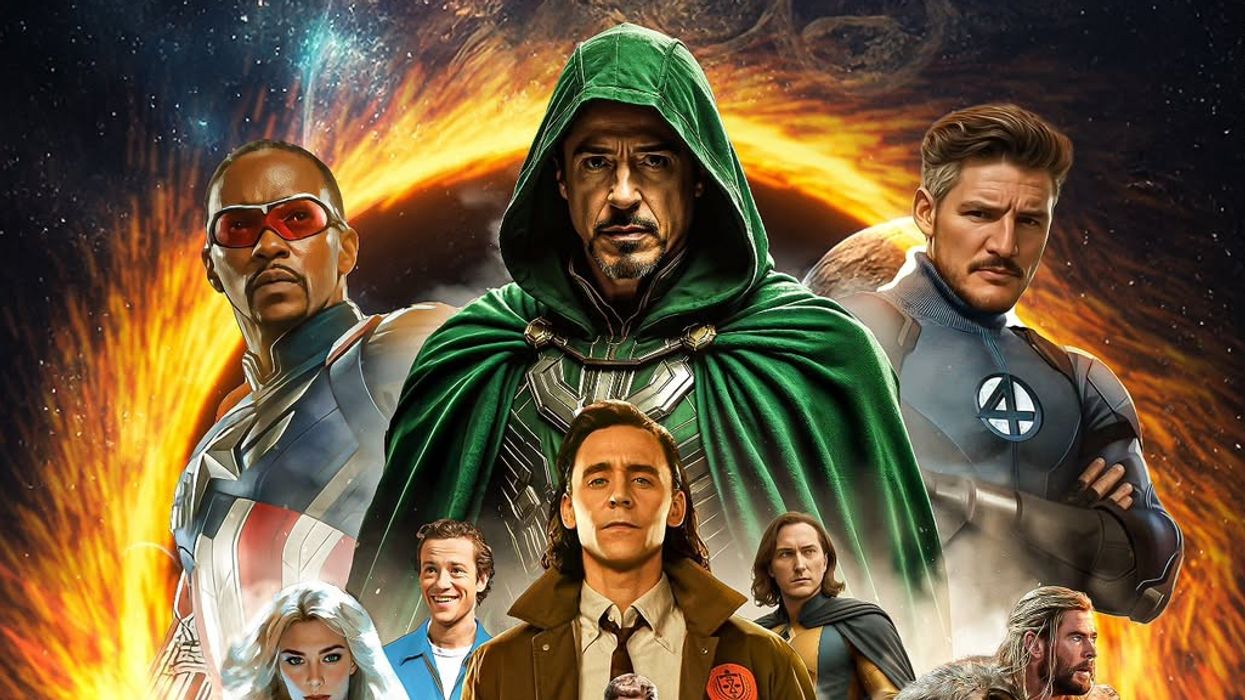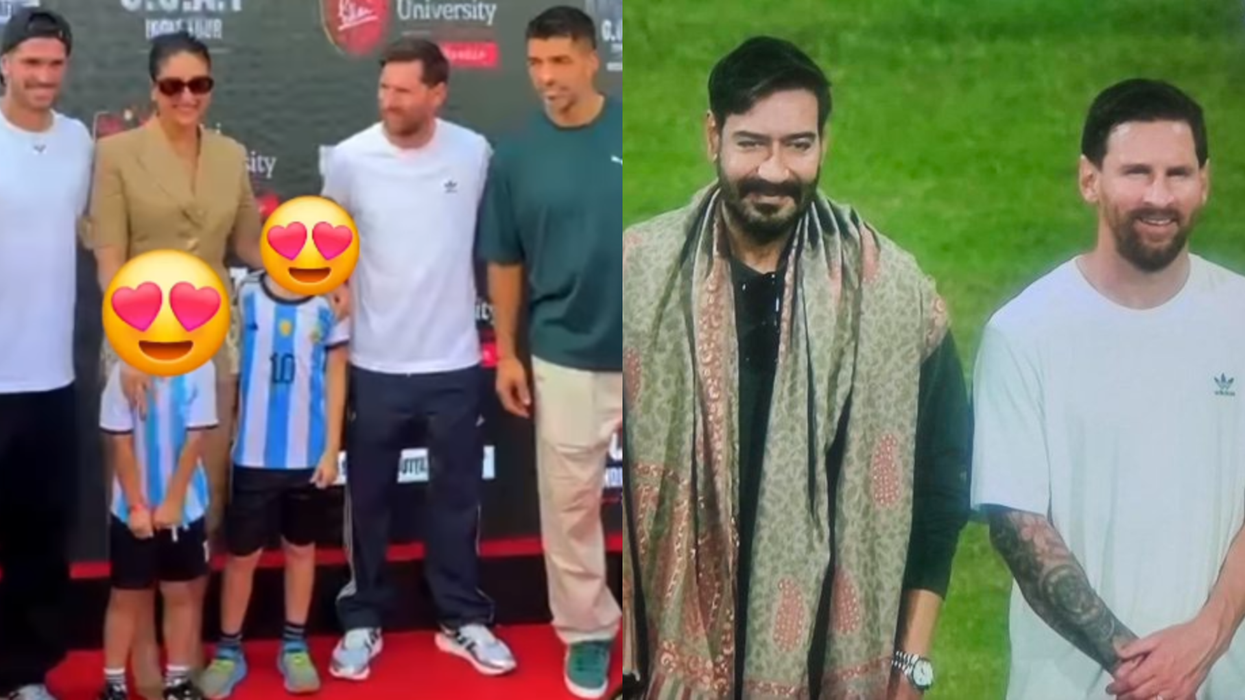His Holiness Shree Madhavpriyadasji Swami, spiritual head of the Gurukul Parivar – Shree Swaminarayan Gurukul Vishwavidya Pratishthanam (SGVP) – is currently on a spiritual tour of the United Kingdom. Recognised for his leadership in promoting values-based education and spiritual growth, Swamiji continues to inspire followers across the world.
During a visit to the Shri Kutch Satsang Swaminarayan Temple in Harrow, Swamiji was presented with a copy of Garavi Gujarat, a leading publication within the global Gujarati community. He acknowledged the publication’s longstanding efforts in preserving the cultural identity and heritage of Gujaratis living abroad.
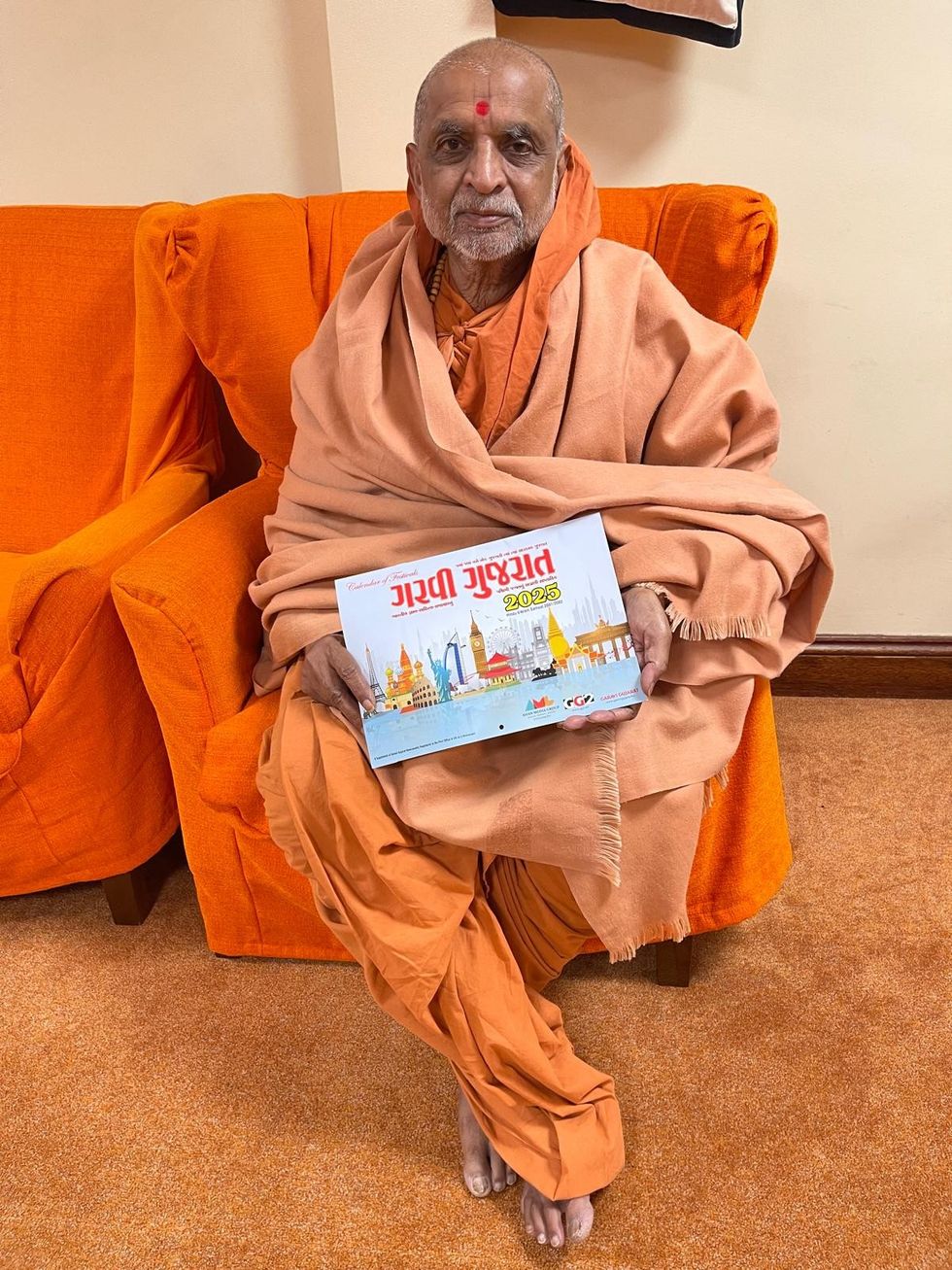
Expressing his appreciation, Swamiji noted that Garavi Gujarat occupies a special place in the hearts of Gujaratis worldwide. He praised its commitment to reflecting the values, milestones, and cultural evolution of the community with integrity and pride.
Swamiji emphasised the importance of such platforms in maintaining connections to heritage, particularly for younger generations growing up outside India. “The paper plays a vital role in keeping our traditions and identity alive, especially for the younger generation growing up abroad,” he said.
His visit forms part of an ongoing engagement with diaspora communities, promoting unity, spirituality, and cultural continuity.
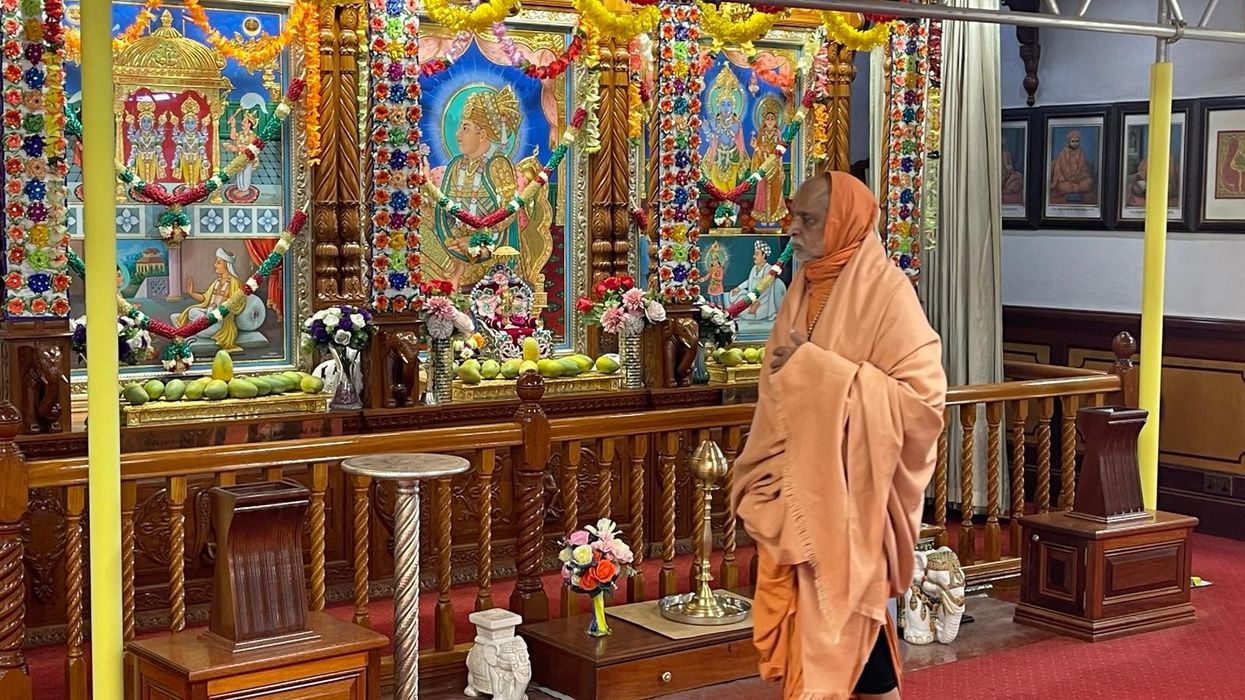


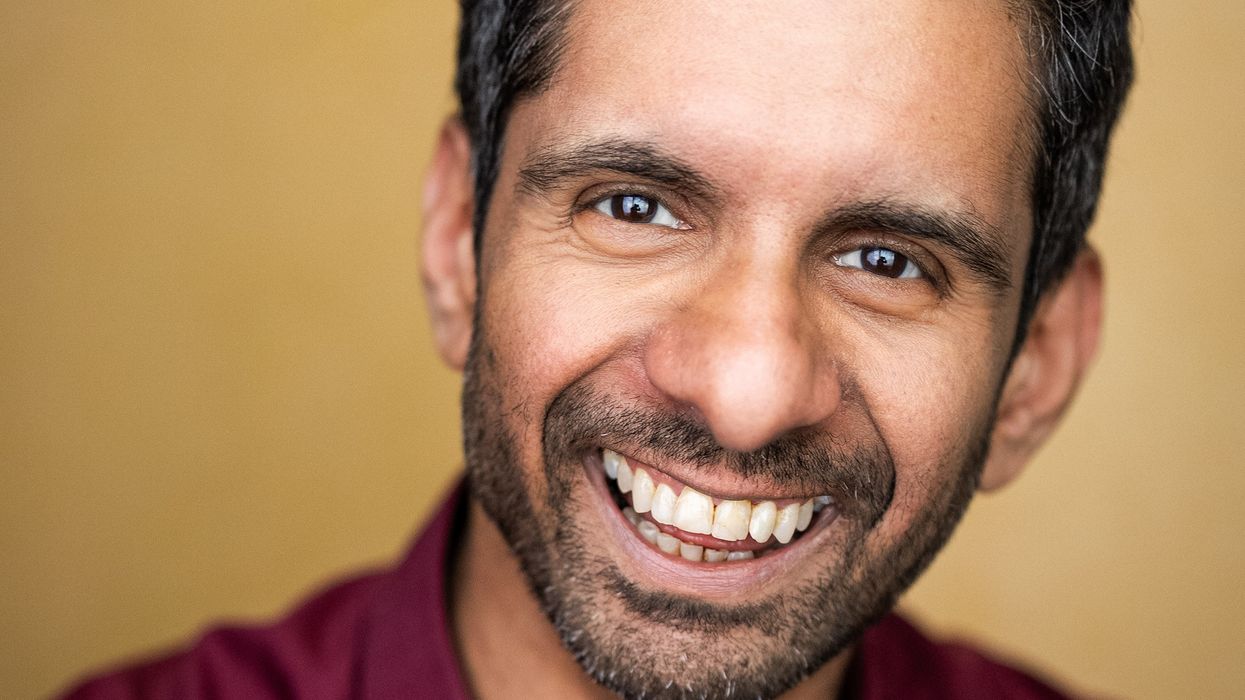

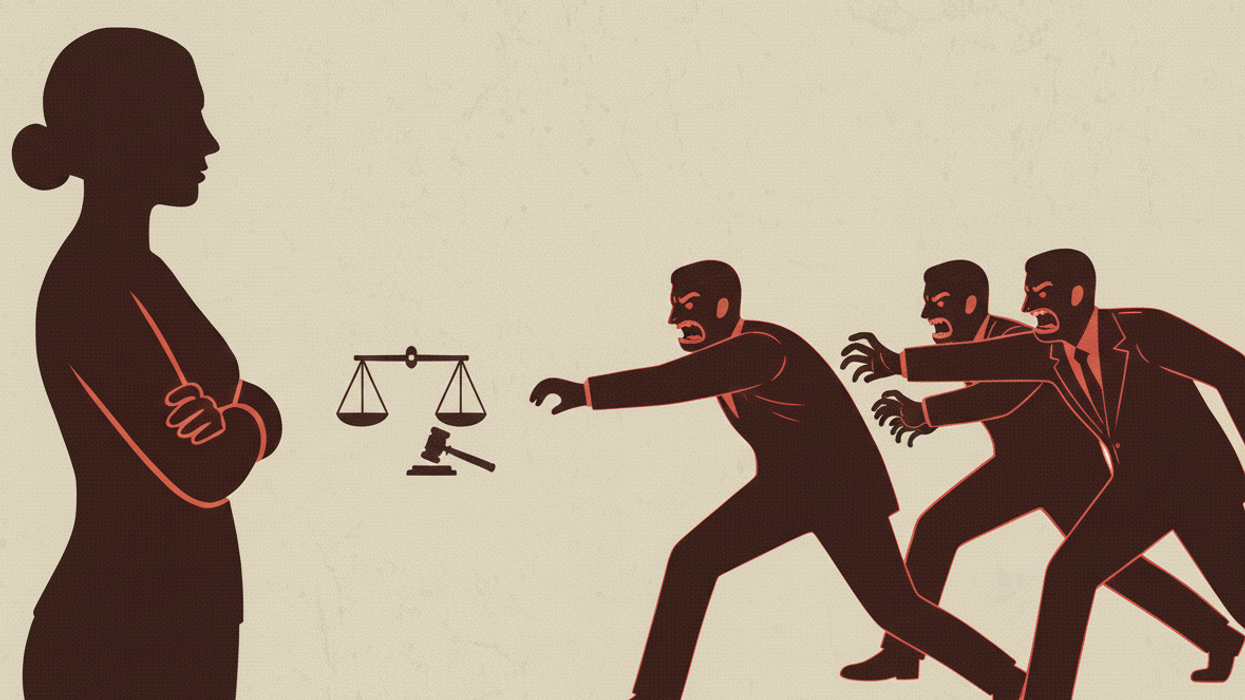
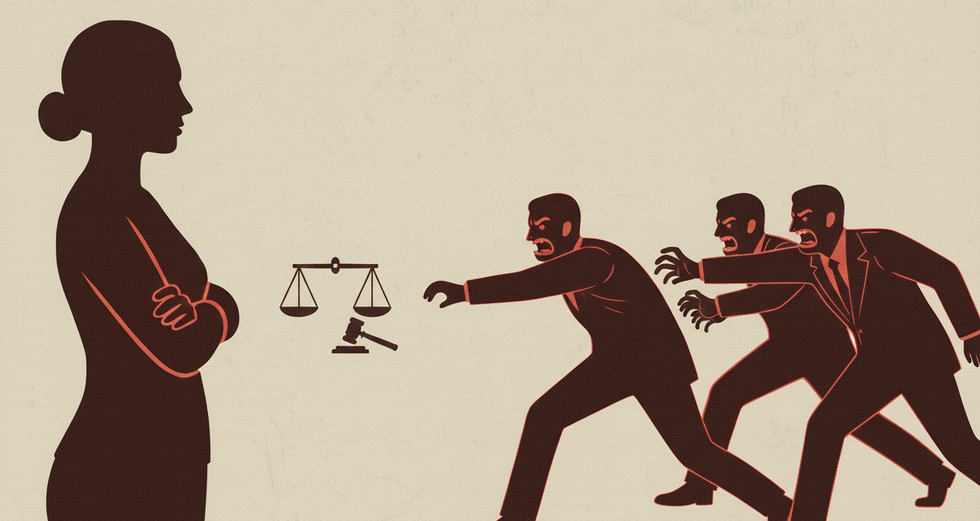 Inside the Kerala actress assault case and the reckoning it triggered in Malayalam cinema AI Generated
Inside the Kerala actress assault case and the reckoning it triggered in Malayalam cinema AI Generated 
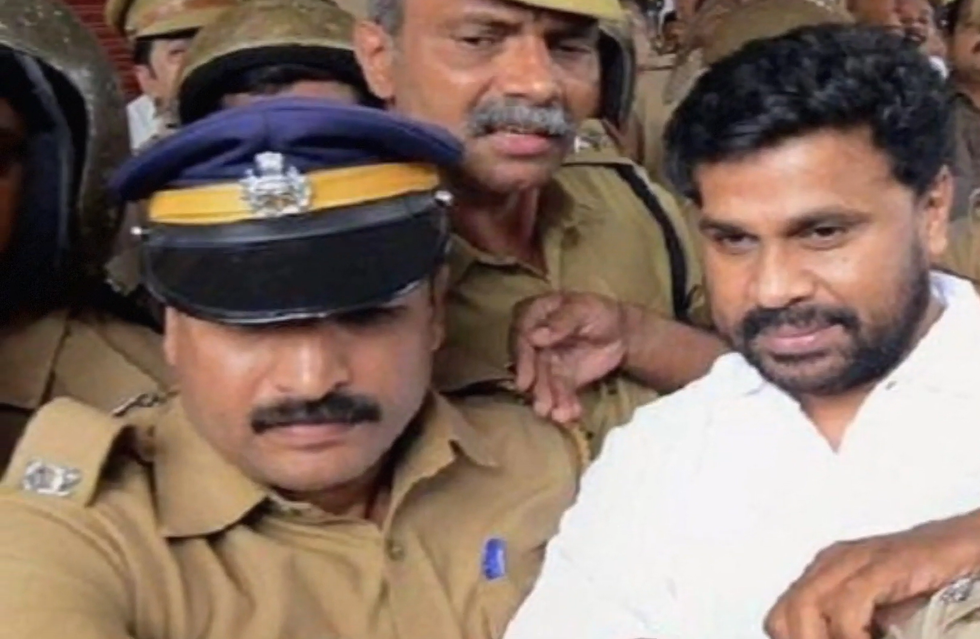 Actor-producer Dileep was arrested on 10 JulyYoutube Screengrab/Kerala Kaumudi
Actor-producer Dileep was arrested on 10 JulyYoutube Screengrab/Kerala Kaumudi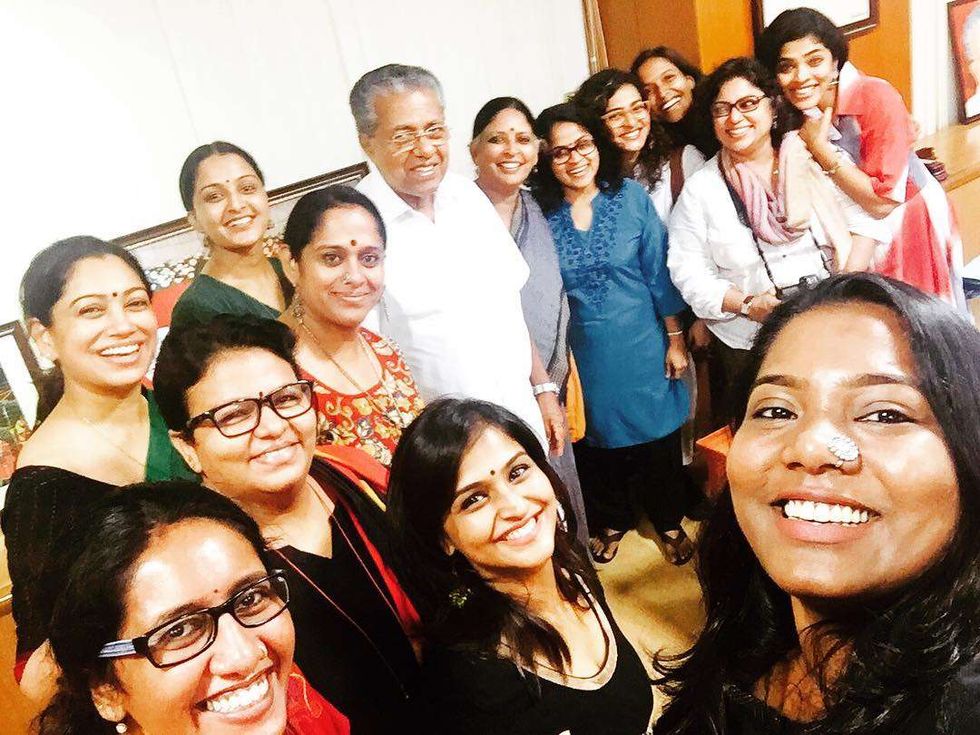 Members of the Women in Cinema Collective (WCC) meeting with the Chief Minister of KeralaInstagram/
Members of the Women in Cinema Collective (WCC) meeting with the Chief Minister of KeralaInstagram/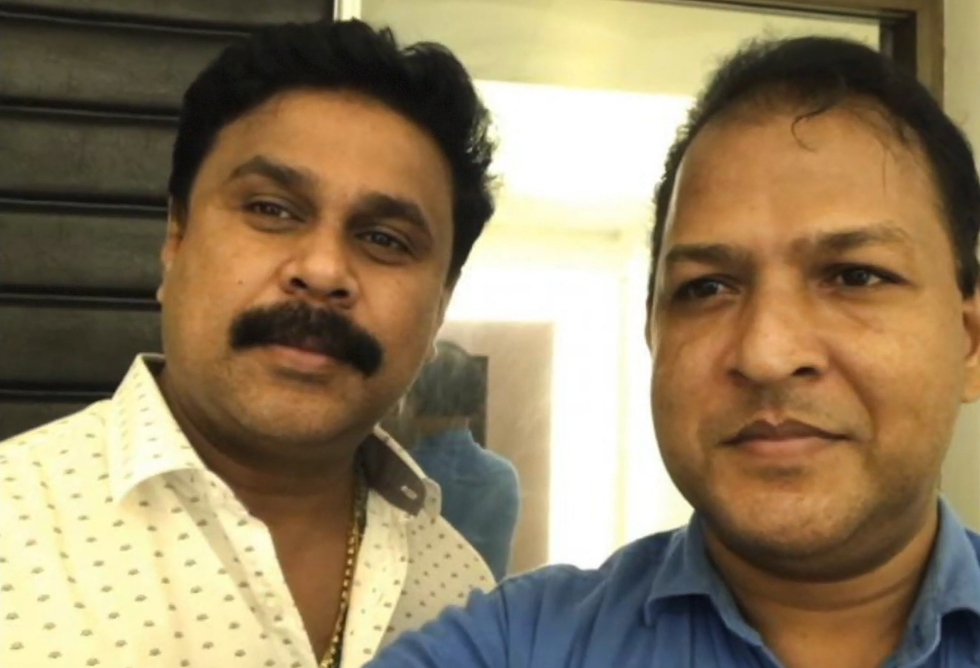 Actor Dileep and whistleblower Balachandra Kumar, whose testimony and disclosures played a crucial role in advancing the investigation Youtube Screengrab/Kerala Kaumudi
Actor Dileep and whistleblower Balachandra Kumar, whose testimony and disclosures played a crucial role in advancing the investigation Youtube Screengrab/Kerala Kaumudi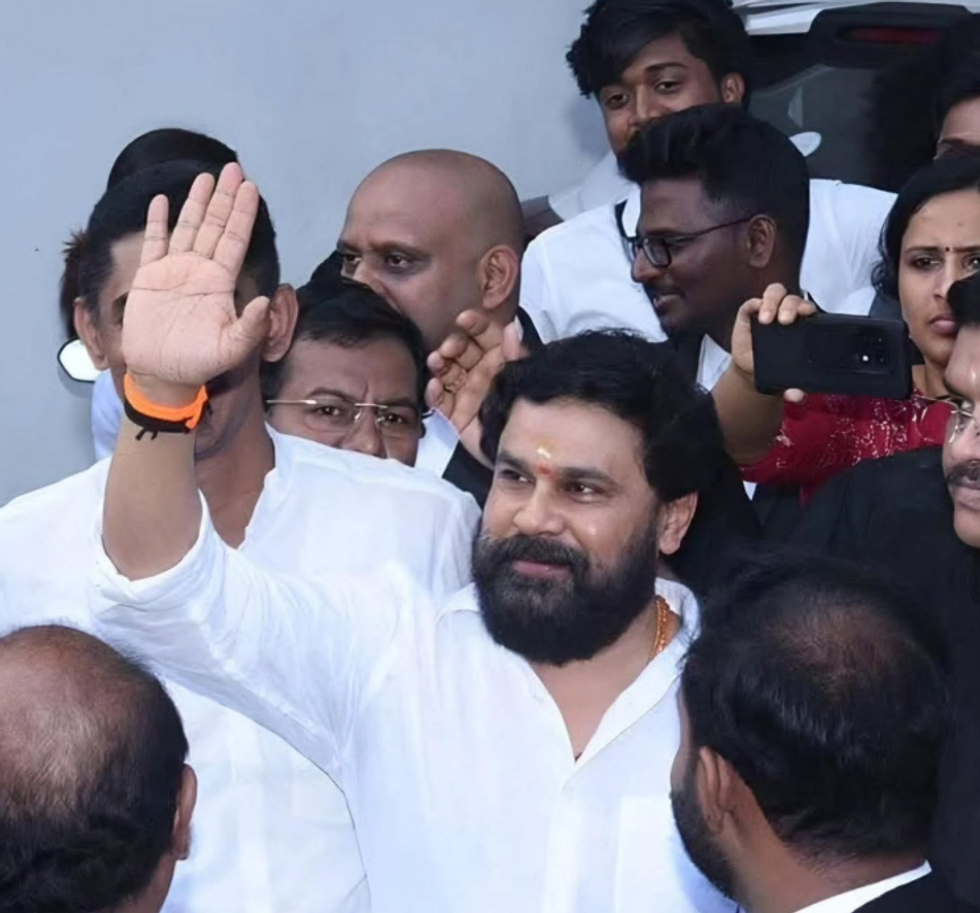 Dileep coming out of the court after the verdict Instagram/
Dileep coming out of the court after the verdict Instagram/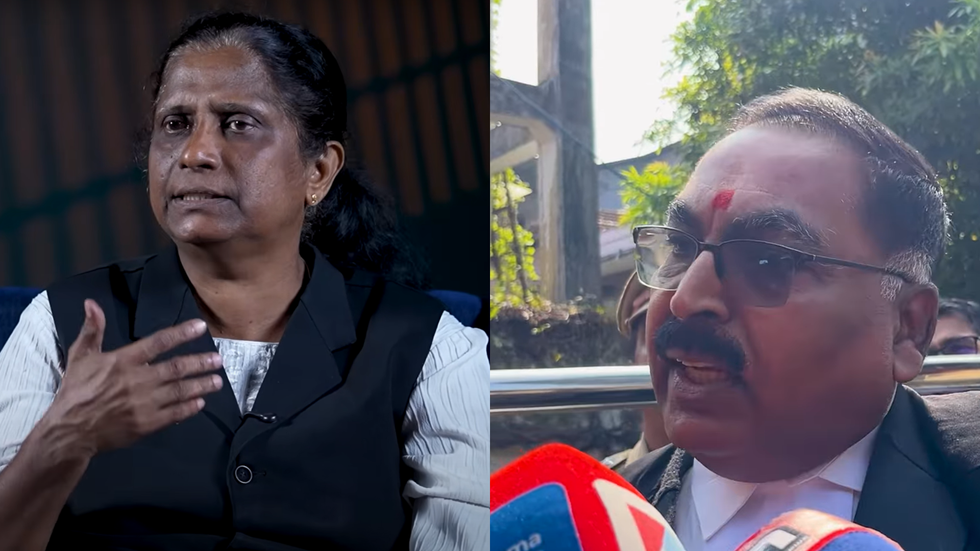 Advocates T. B. Mini and Aja Kumar, representing the survivor in the Kerala actress assault caseYoutube Screengrabs/ Oneindia Malayalam
Advocates T. B. Mini and Aja Kumar, representing the survivor in the Kerala actress assault caseYoutube Screengrabs/ Oneindia Malayalam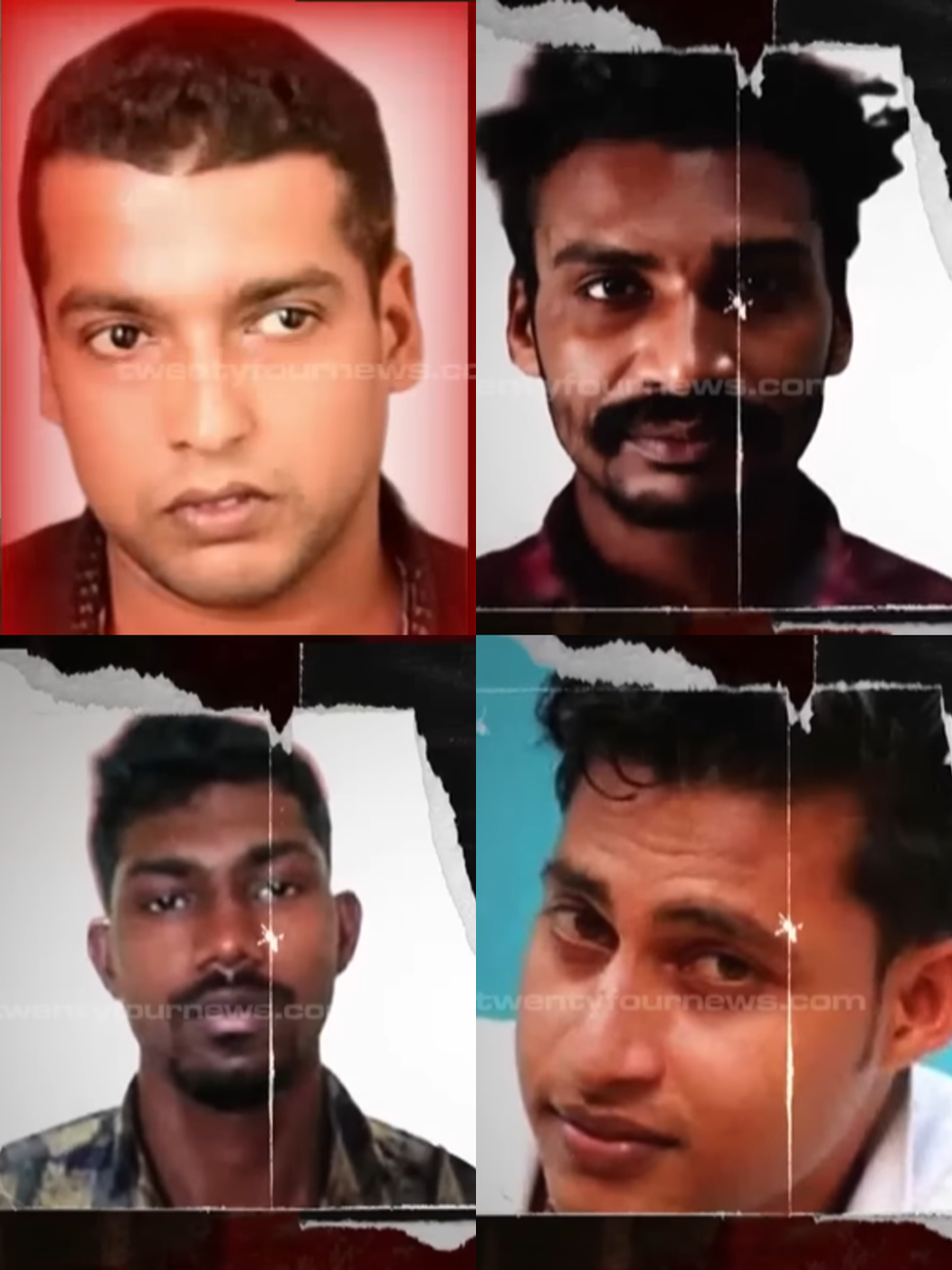 Four of the six convicted accused in the Kerala actress assault case Youtube Screengrabs/ 24 News
Four of the six convicted accused in the Kerala actress assault case Youtube Screengrabs/ 24 News 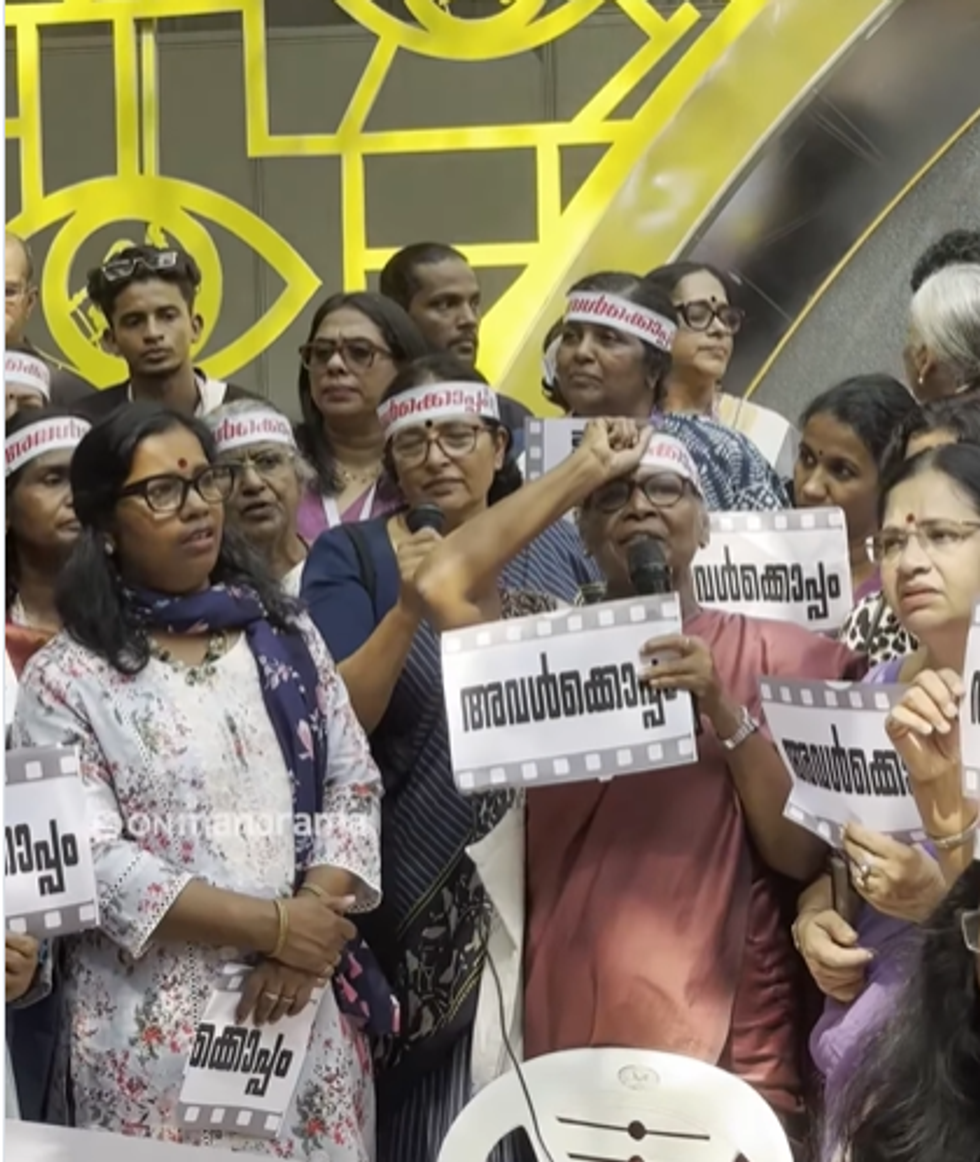 Film personalities and activists gather at the Tagore Theatre to reject the court\u2019s decision and demand systemic change for women\u2019s safety Instagram Screengrab/onmanorama
Film personalities and activists gather at the Tagore Theatre to reject the court\u2019s decision and demand systemic change for women\u2019s safety Instagram Screengrab/onmanorama  How one survivor’s fight shook an entire industryAI Generated
How one survivor’s fight shook an entire industryAI Generated


